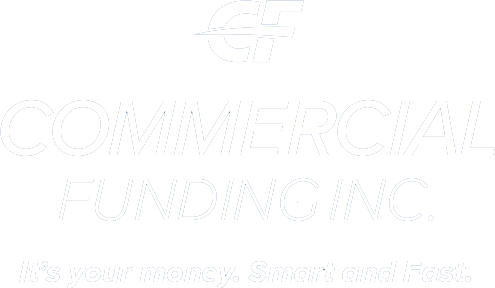Financial hazards often appear long before a business realizes it is off course. Cash shortages, mounting debt, and more can quietly sabotage even the most promising companies.
The following five financial hazards represent some of the most frequent and potentially damaging financial challenges businesses face. Understanding these hazards and addressing them early can mean the difference between sustained growth and stalled progress.
1. Negative Cash Flow
Negative cash flow arises when expenditures consistently exceed receipts from customers, creating a cash shortfall that can cripple day-to-day operations. A temporary cash flow deficit may not mean a long-term problem. However, it can make it hard to cover payroll, pay vendors, or invest in growth. One indicator to look at is Debt Service Coverage Ratio (DSCR). DSCR shows how easily a business can pay its debts. A low DSCR signals that a company is struggling to meet basic expenses.
How to improve cash flow:
- Look into speeding up payments coming from customers or cutting or delaying paying expenses
- Use cash flow forecasting tools to predict upcoming cash flow
- Increase cash flow with alternative financing solutions
2. Overextending Your Business
Overextension often follows poor cash flow, leaving a gap between incoming revenue and outgoing expenses. In an attempt to bridge this gap, businesses may borrow beyond their means, creating a cycle of financial strain. Investopedia states that overextension occurs when companies have more debt than they can manage, with businesses considered overextended if debt payments consume a third or more of their income.
How to avoid overextending:
- Monitor key metrics like debt-to-income and debt-to-asset ratios to maintain healthy leverage.
- Watch for rising operating costs that outpace revenue.
3. Falling Behind On Payments
Once debt grows or revenue declines, late or missed payments can quickly follow. Missed obligations trigger late fees, penalty interest rates, and negative credit marks. Over time, these missteps weaken your ability to negotiate favorable terms with lenders, or possibly eliminating the ability to borrow, creating a snowball effect.
How to stay ahead:
- Set up payment reminders or automated payments.
- Use a debt calendar to track upcoming obligations.
- Understand how late payments affect your cash position and business credit.
4. Incurring Hidden Charges and Late Fees
Charges, such as maintenance and transaction fees, or late payment penalties, can accumulate quickly and chip away at profitability. Without careful oversight, these costs can pile up and strain your budget.
What to do:
- Establish a monthly budget review to assist in tracking income and expenses.
- Request payment dates to match your cash flow.
- Review contracts for fee information.
5. Not Paying Off Credit Cards
Allowing credit card balances to roll over month to month can lead to compounding interest charges, and if not paid in a timely manner it can cause severe credit damage. According to Federal Reserve reports, 3.05% of credit card balances were delinquent (over 30 days past due) as of Q1 2025. The highest point was 3.24% in Q2 2024, marking the highest since Q4 2011.
How to address credit card debt:
- Consider debt refinance and consolidation.
- Explore hardship or debt management programs.
How AR Financing Can Help Avoid Cash Flow Pitfalls
Every business hits bumps in the road, but cash flow gaps don’t have to bring your progress to a halt. These monetary “potholes” can slow momentum and restrict opportunities, especially when companies are waiting on delayed customer payments. Accounts receivable (AR) financing helps fill cash flow gaps by allowing companies to borrow against outstanding invoices through factoring or collateral loans.
Don’t let financial hazards slow you down. Commercial Funding Inc. (CFI) is here to help you stay on course and keep your business moving toward growth.



